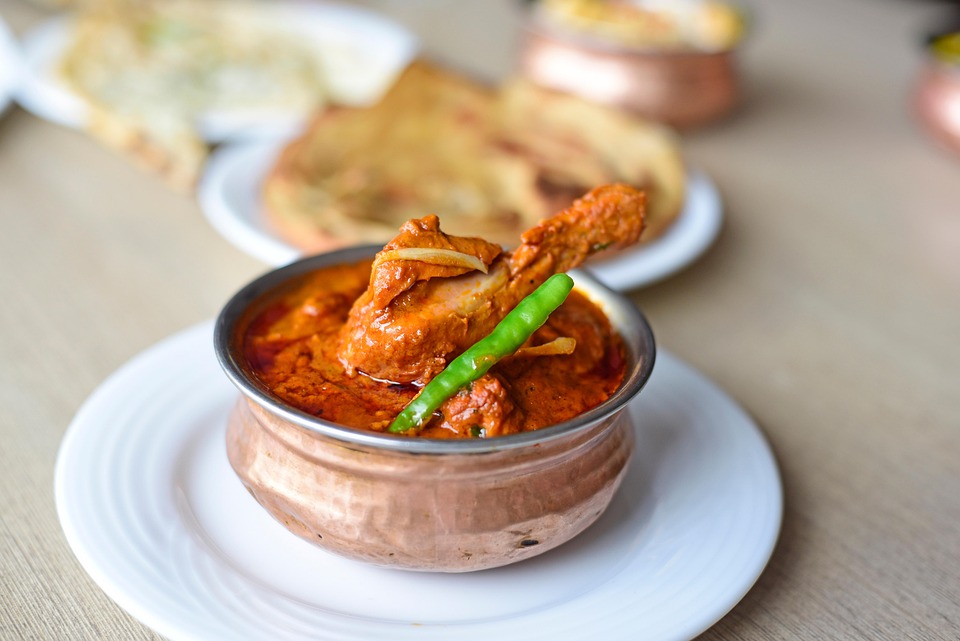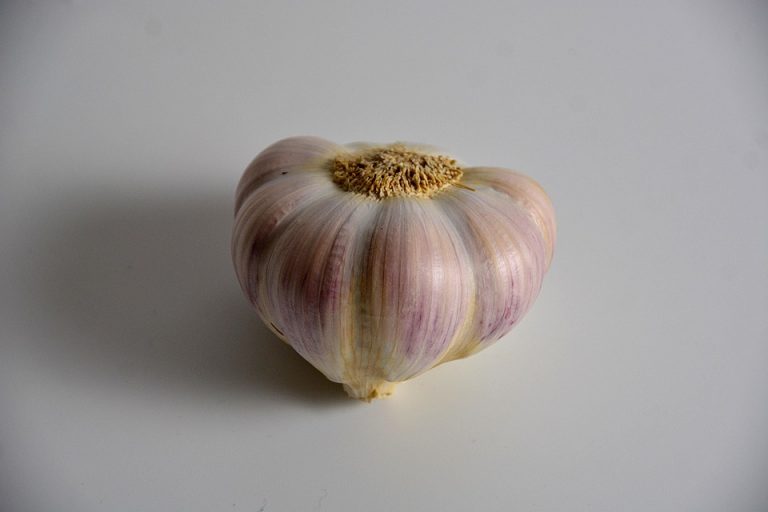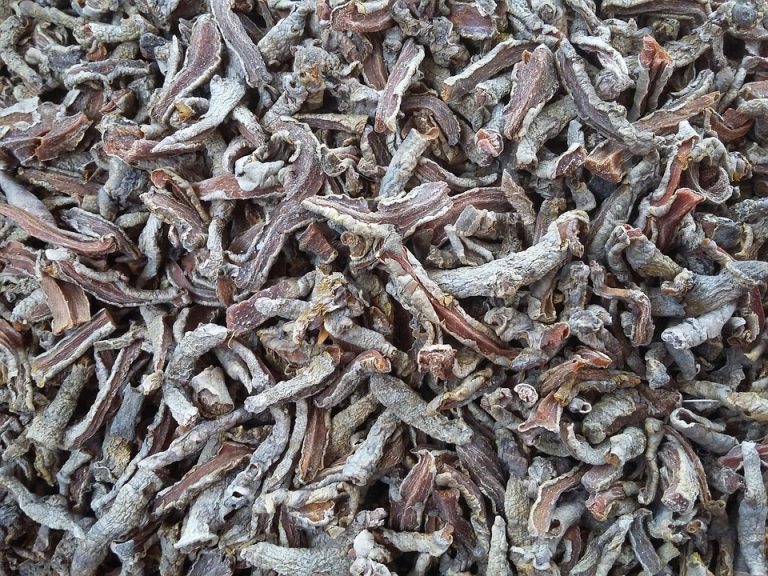Indian Foods For Bones are not just nostalgic recipes; they are practical, powerful medicine on your plate. When you choose the right ingredients, your body listens—and your bones thank you. This guide walks you through seven Indian foods for bones that deliver calcium, vitamin D helpers, protein, and other nutrients that actually strengthen the skeleton and keep you moving without fear.
Contents
- 7 Indian Foods For Bones To Boost Strength
- 1. Ragi (Finger Millet): The Quiet Calcium Giant
- 2. Sesame Seeds (Til): Crunchy, Portable Calcium
- 3. Yogurt and Curd: Probiotics With Calcium
- 4. Sardines And Small Fish: Natural Vitamin D And Calcium
- 5. Leafy Greens And Fenugreek: Vitamin K And Magnesium Allies
- 6. Almonds And Dry Fruits: Snackable Bone Support
- 7. Tofu And Soy: Plant Protein With Calcium
- How To Combine These Foods For Real Results
- Nutrition Notes: What Science Says
- Practical Tips To Make These Foods Stick
- When To See A Professional
- Common Myths, Debunked
- Bottom Line
- FAQ
7 Indian Foods For Bones To Boost Strength
Start here: your bones need more than calcium. They need protein, vitamin D, vitamin K, magnesium and a rhythm of nutrients you can stick to. I’ll give you foods that fit Indian kitchens, Indian palates, and real life—foods you can buy without a special trip to a health-food store. This is about eating with intention and joy.
1. Ragi (Finger Millet): The Quiet Calcium Giant
Ragi is a staple with a reputation you should take seriously. This tiny grain packs more calcium than rice or wheat and has a slow-release carbohydrate profile that supports steady energy.
Cook ragi as porridge, dosa batter, or rotis. Add milk or fermented buttermilk to boost calcium and probiotics. Research from agricultural and nutrition institutions shows ragi’s calcium bioavailability is higher than many cereals when prepared traditionally, making ragi one of the best Indian foods for bones you can eat consistently.
2. Sesame Seeds (Til): Crunchy, Portable Calcium
If you’re short on time, sesame seeds are your friend. A spoonful sprinkled on your salad, mixed into chikki, or blended as tahini-style paste gives a concentrated hit of calcium and magnesium.
Toast them lightly to unlock flavor. Sesame combined with jaggery creates a traditional snack that isn’t just comforting; it’s bone-friendly. Sprinkle sesame on rotis or add to chutneys—small habits, big payoff. Expect sustained benefit when sesame appears regularly among your Indian foods for bones.
3. Yogurt and Curd: Probiotics With Calcium
Yogurt is more than a creamy condiment. It’s calcium-rich, delivers protein, and contains probiotics that support nutrient absorption. In India, curd and lassi are daily routines—use that to your advantage.
Choose plain, full-fat varieties for best satiety and mix with fruit, roasted flaxseed, or use as raita with meals. Evidence from nutrition science connects regular dairy intake with improved bone density, which is why yogurt remains a top recommendation among Indian foods for bones.
4. Sardines And Small Fish: Natural Vitamin D And Calcium
Small oily fish like sardines and mackerel are underrated. They provide both calcium (when eaten with bones) and vitamin D, the hormone-like vitamin your body needs to build bone.
Grill them with spices, toss into curries, or enjoy a simple salad. Clinical guidance from bone health authorities lists oily fish as a prime source of bone-supporting nutrients. Add sardines to your weekly rotation to round out the list of Indian foods for bones in a savory, satisfying way.
5. Leafy Greens And Fenugreek: Vitamin K And Magnesium Allies
Spinach, methi (fenugreek leaves), and mustard greens give you vitamin K, magnesium, and antioxidants. Vitamin K helps lay down bone matrix; magnesium helps calcium do its job.
Incorporate saag, methi parathas, and mixed vegetable curries. Pair greens with a source of fat—ghee or oil—to improve absorption. Make greens a daily ritual; they are quiet champions among Indian foods for bones.
6. Almonds And Dry Fruits: Snackable Bone Support
Almonds are a convenient, nutrient-dense snack. They offer calcium, magnesium, and protein. Combine almonds with figs and dates for a sweet, calcium-forward bite that’s utterly Indian.
Use powdered almonds in laddoos or sprinkle slivers over kheer. These small swaps move you toward stronger bones without boring food. Keep almonds in your bag; they’re a practical, tasty piece of the Indian foods for bones puzzle.
7. Tofu And Soy: Plant Protein With Calcium
Tofu, when set with calcium salts, is an excellent dairy-free source of calcium and protein. Paneer and tofu both count here—paneer for dairy lovers, tofu for those avoiding animal products.
Stir-fry with vegetables, crumble into bhurji-style dishes, or simmer in curry. Research in nutrition journals shows soy’s protein supports bone health, especially for people reducing meat. Add tofu and paneer for variety among your Indian foods for bones.
How To Combine These Foods For Real Results
Food works in company. Don’t eat calcium alone and expect miracles. Pair calcium-rich foods with vitamin D sources or sunlight, add protein at meals, and include healthy fats for absorption.
– Morning: Ragi porridge with milk and crushed almonds.
– Lunch: Saag with roti, a side of curd.
– Snack: Sesame chikki or yogurt with fruit.
– Dinner: Sardine curry with greens and a small portion of tofu.
This pattern repeats the same nutrients across meals, building a rhythm that bones respond to. Think of it as consistent investment, not a one-time fix—one of the reasons these Indian foods for bones matter.
Nutrition Notes: What Science Says
Bone is living tissue that remodels constantly. Calcium and vitamin D are essential, but protein, vitamin K, magnesium, and potassium also shape bone strength. Research from medical centers and nutrition institutes supports a mixed-diet approach; it’s been shown that diets combining calcium-rich foods, protein, and vitamin D correlate with higher bone mineral density in adults.
For example, national health resources and peer-reviewed journals detail how dairy and small fish consumption support skeletal health, while plant-based sources like ragi and sesame contribute meaningfully when prepared correctly. Link these foods to a regular lifestyle that includes weight-bearing activity, and you create a strong foundation.
Practical Tips To Make These Foods Stick
You don’t need radical changes. Small shifts, repeated, yield big results.
– Keep a jar of roasted sesame and crushed almonds in the kitchen.
– Make ragi rotis or dosas once a week and freeze portions.
– Swap a couple of meat meals for fish or tofu each week.
– Use curd or buttermilk daily—mix spices and herbs for flavor.
– Cook greens with a dash of ghee to improve vitamin absorption.
These are kitchen tactics that honor tradition and science. They let you build bone strength without rigidity.
When To See A Professional
If you have unexpected fractures, severe bone pain, or a family history of osteoporosis, talk to a doctor. Blood tests for calcium, vitamin D levels, and bone density scans guide targeted treatment.
Dietary support from Indian foods for bones is powerful, but sometimes medical intervention or supplements are necessary. A registered dietitian can help you optimize intake and combine it with medication or exercise when required.
Common Myths, Debunked
– Myth: Only dairy builds bone. Truth: Dairy is helpful, but ragi, sesame, small fish, and certain nuts are excellent alternatives and complements.
– Myth: Calcium supplements are always better. Truth: Food-based calcium comes with co-nutrients that aid absorption and long-term use. Supplements have a place but aren’t a substitute for a varied diet.
– Myth: Vegans can’t build bone. Truth: With tofu, calcium-set products, sesame, leafy greens, and proper planning, plant-based diets can support healthy bones.
Keep these corrections handy when well-meaning advice gets muddled.
Bottom Line
Bold, practical food choices change bone health. Ragi, sesame, yogurt, small fish, leafy greens, almonds, and tofu are seven Indian foods for bones that work together to supply calcium, vitamin D helpers, protein, and minerals your skeleton needs. Make them regular—not rare treats—and pair them with sunlight and simple strength activity. You’re not chasing perfection. You’re building resilience, one meal at a time.
Stay curious. Eat boldly. Your bones will repay you.
FAQ
How Often Should I Eat These Foods?
Aim for a mix across the week: include dairy or calcium-set tofu daily if possible, eat fish or tofu twice weekly, and work ragi, sesame, and nuts into snacks and breakfasts regularly. Consistency matters more than perfection.
Can I Get Enough Vitamin D From Food Alone?
Food helps, especially oily fish and fortified items, but sunlight remains the most efficient source. If your sun exposure is limited, check levels with your doctor—supplements may be recommended.
Are These Foods Suitable For Older Adults?
Yes. In fact, older adults benefit greatly from a focus on high-quality protein, calcium-rich foods, and vitamin D. Texture changes (softened almonds, pureed ragi) make these foods accessible.
Do I Need Supplements If I Eat These Foods?
Not always. Many people can meet needs through diet, sunlight, and exercise. If blood tests show deficiencies or you have conditions affecting absorption, supplements may be necessary under medical guidance.
Visual lien and to paragohras an then add a section titled References below.
References
– The National Institutes of Health Osteoporosis and Related Bone Diseases National Resource Center provides clear guidance on calcium and vitamin D recommendations (http://www.bones.nih.gov/).
– Harvard T.H. Chan School of Public Health explains the role of vitamin K and leafy greens in bone health and offers practical dietary tips (http://www.hsph.harvard.edu/nutritionsource/).
– The United States Department of Agriculture provides nutrient data for foods like sesame seeds, almonds, and small fish, useful for planning bone-supportive meals (http://www.usda.gov/).
– PubMed Central hosts peer-reviewed studies on finger millet (ragi) and its calcium content and processing methods relevant to Indian diets (http://www.ncbi.nlm.nih.gov/pmc/).
– World Health Organization offers global perspectives on osteoporosis prevention strategies and the importance of diet and physical activity (http://www.who.int/).








